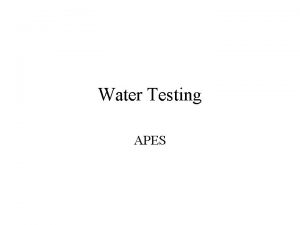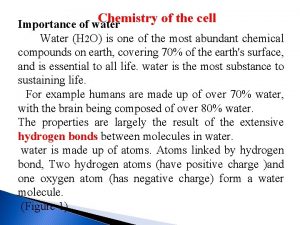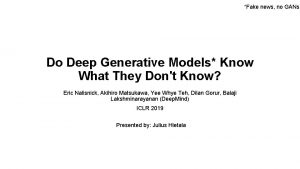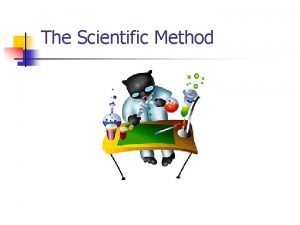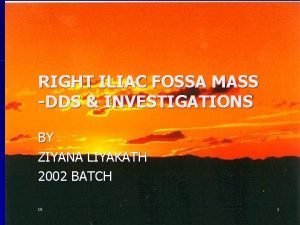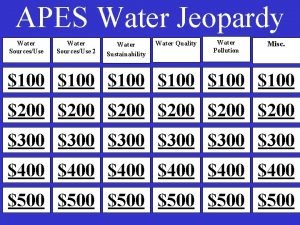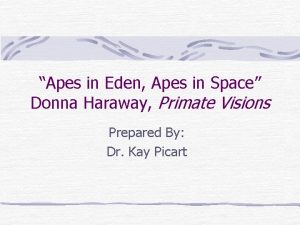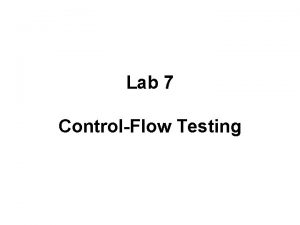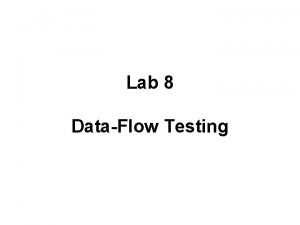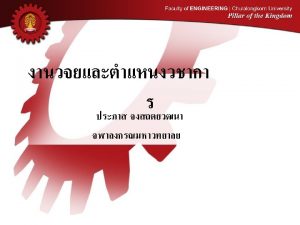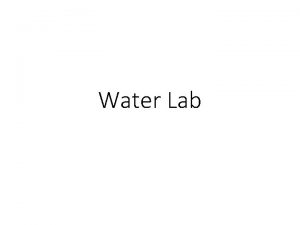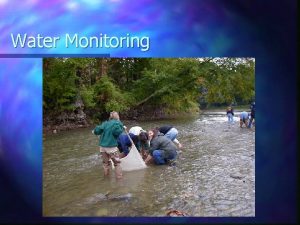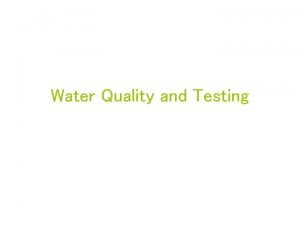Water Testing APES Lab Investigations for APES Know

Water Testing APES

Lab Investigations for APES

• Know the basis for each test and what the test measures.

– Dissolved Oxygen (DO) – BOD (Biological Oxygen Demand) – Total hardness – p. H and total alkalinity – Nitrate / nitrite nitrogen – Turbidity (Total Suspended Solids) – Fecal Coliforms

Dissolved Oxygen (DO) • Atmosphere = 200 m. L/L • Water = 5 -10 m. L/L • Temperature is a factor – Cold water can hold more DO • Salinity is a factor – Fresh water has higher DO than salt water • Elevation is a factor – Water at higher elevations contains less DO due to air pressure • Aeration = Churning/disturbing the water adds DO

DO Nomogram • Water temp of 10 C and 9 ppm Oxygen = 80%

• FYI: ppm = mg/L • http: //www. lakeaccess. org/russ/oxygen. htm


BOD (Biological Oxygen Demand) • Aerobic microorganisms (including bacteria) decompose organic matter in a water source. • As they do, they use up a lot of the oxygen in the water, thus creating an oxygen sag. • High BOD indicates lots of organic matter that will put a strain on oxygen supplies.

The plant we visited influent = 274 mg/L effluent = <2. 0 mg/L

Water Hardness (Total Dissolved Solids, TDS) • Measure of the amount of DISSOLVED solutes in the water, typically salts, metals, cations, anions, (Calcium and Magnesium are common) http: //www. tdsmeter. com/whatis? id=0004

p. H and total alkalinity • Total alkalinity is the total concentration of bases in water expressed as parts per million (ppm) or milligrams per liter (mg/L) of calcium carbonate (Ca. CO 3). • Ideal p. H is around 7 or slightly higher • Aquatic life is sensitive to acids or strong bases


Nitrates/Nitrites • Once again, measured in mg/L • Nitrates (and phosphates) are limiting factors of aquatic organisms. • Excessive Nitrates cause blooms. • The decomposition of the dead blooms consumes most of the oxygen creating a dead zone (EUTROPHICATION)


Turbidity (Total Suspended Solids, TSS) • Measure of the amount of particles suspended in the water. Do not settle or dissolve. • “Murkiness” • mg/L - higher the number, more murky • Decreases amount of light penetrating the water for photosynthesis • Particles can absorb heat, increasing temperature, lowering DO




Turbidity Removal In general, surface water will need pre-treatment to reduce turbidity before it is disinfected (Wisner, 2002). Treatment methods which reduce turbidity include sedimentation, roughing filters, rapid and slow sand filters, chemical coagulation and flocculation, and ceramic filters. http: //www. youtube. com/watch? v=DUTX 7 G 7 wl. U

Fecal Coliforms • Measure of the amount of fecal coliforms per 100 m. L • Organisms / 100 m. L • Not necessarily harmful, but high levels indicate a failure of waste water treatment or contamination from animal waste • Increased risk of water-borne illness


Turbidity Removal In general, surface water will need pre-treatment to reduce turbidity before it is disinfected (Wisner, 2002). Treatment methods which reduce turbidity include sedimentation, roughing filters, rapid and slow sand filters, chemical coagulation and flocculation, and ceramic filters. http: //www. youtube. com/watch? v=DUTX 7 G 7 wl. U


Secchi disk
- Slides: 25
